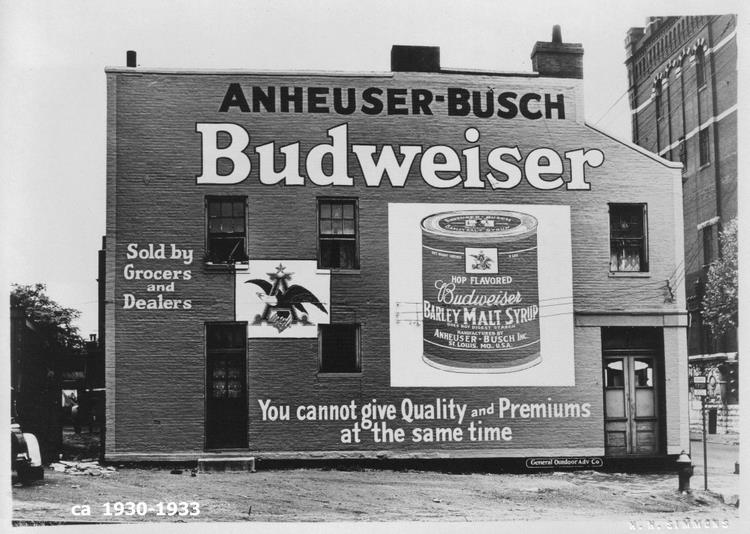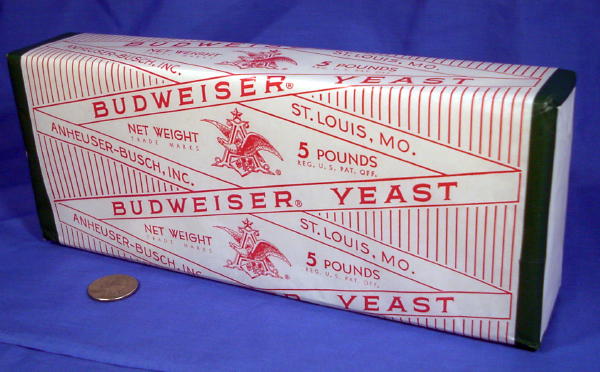Fletch
I'll Lock Up
- Messages
- 8,865
- Location
- Iowa - The Land That Stuff Forgot
OK. Let's say it's 1930 and I have acquired a can of this stuff:

I also have a couple big old glass carboys, purchased under the pretext that I want to make my own root beer; a cool cellar with a hidey hole or two; and a reliable supply of water (probably hard, if it matters).
How far away am I from making homebrew with the supplies and raw materials available in that day?
What's it going to taste like? How strong will it be? How strong can it be?
Most importantly, what will it take for the feds to catch on and muscle me downtown?

I also have a couple big old glass carboys, purchased under the pretext that I want to make my own root beer; a cool cellar with a hidey hole or two; and a reliable supply of water (probably hard, if it matters).
How far away am I from making homebrew with the supplies and raw materials available in that day?
What's it going to taste like? How strong will it be? How strong can it be?
Most importantly, what will it take for the feds to catch on and muscle me downtown?



